This is the fourth article in a six-part blog series that highlights new capabilities in the Business Analyst extension for ArcGIS Pro 2.6 release from July 2020. Be sure to read the other blog articles about the 2.6 release.
The Generate Customer Derived Trade Areas tool allows users to create trade areas around business locations based on the number of customers or volume of sales among customers. Many users incorporate this tool into their work when evaluating a business location or planning for a new location. It is particularly useful for understanding the specific area where most of your business is conducted. This popular tool has long helped users examine the geography of their businesses, and now it will feature new methods: Threshold Rings and Threshold Drive Times. These add to the existing techniques called: Simple, Amoeba, Detailed, and Detailed with Smoothing.
The 2.6 release of the Business Analyst extension for ArcGIS Pro includes Threshold Rings and Threshold Drive Times as part of the Generate Customer Derived Trade Areas tool. These new methods can be used to create trade areas, starting at a business location and expanding outward until the areas reach a threshold—an amount of customers or sales volume—that you define. This 2-minute video provides a good overview of these methods.
As the video illustrates, Threshold Rings and Threshold Drive Times improve users’ ability to generate trade areas. Let’s walk through these methods to learn more.
Threshold drive times method
Within the Generate Customer Derived Trade Areas tool, the Threshold Drive Time method generates trade areas based on driving time from business locations to customers’ homes. These shapes, which are called drive-time polygons, are based on routes available in the selected distance type (either walking or driving). Drive-time polygons offer accurate visualizations with shapes unique to each location.
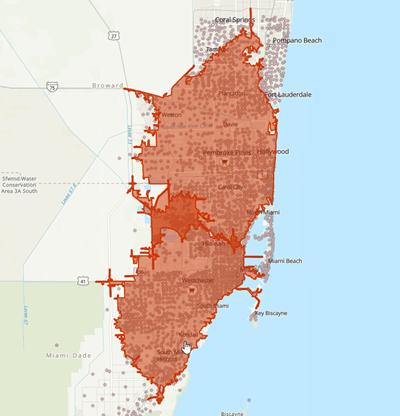
Threshold rings method
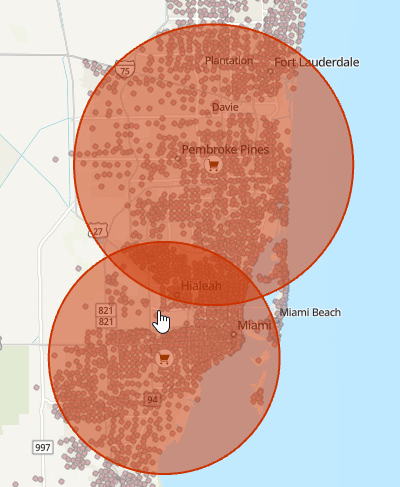
Thresholds using a weighted value
Both of these methods also allow the user to calculate threshold trade areas based on volume rather than number. Instead of basing trade areas on 70% of customers, you could create trade areas that contain the customers who generate 70% of a weighted variable, such as sales. You can use a weighted variable by changing Customer Aggregation Type from Count to Weight and then selecting a Customer Weight Field.

We’re excited to share these new capabilities with you. Additional information about these enhancements can be found in the ArcGIS Pro documentation for the Generate Customer Derived Trade Areas tool. Please reach out and let us know if you have any questions about these two new tools or any other capabilities in ArcGIS Business Analyst.
Email the team: businessanalyst@esri.com

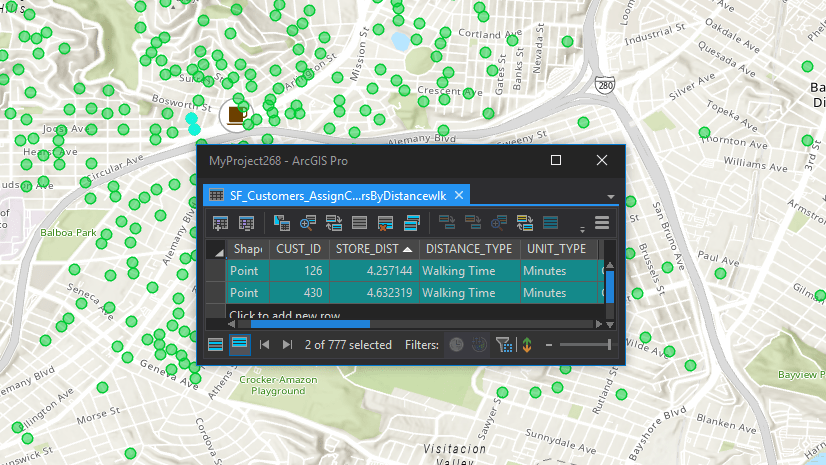
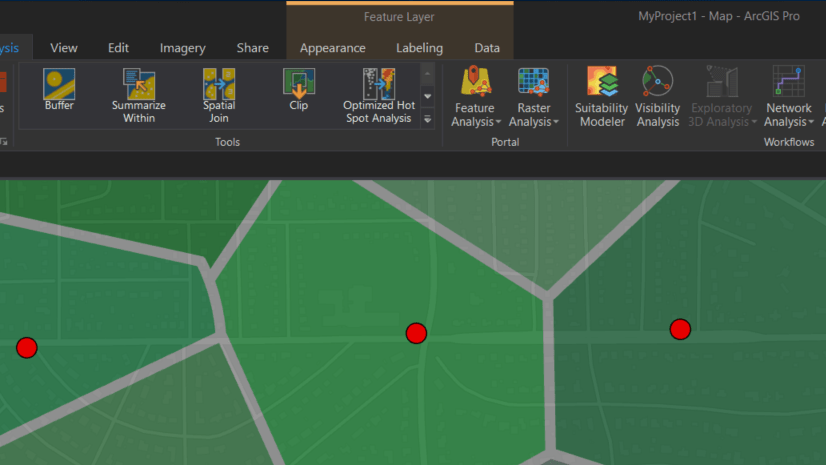
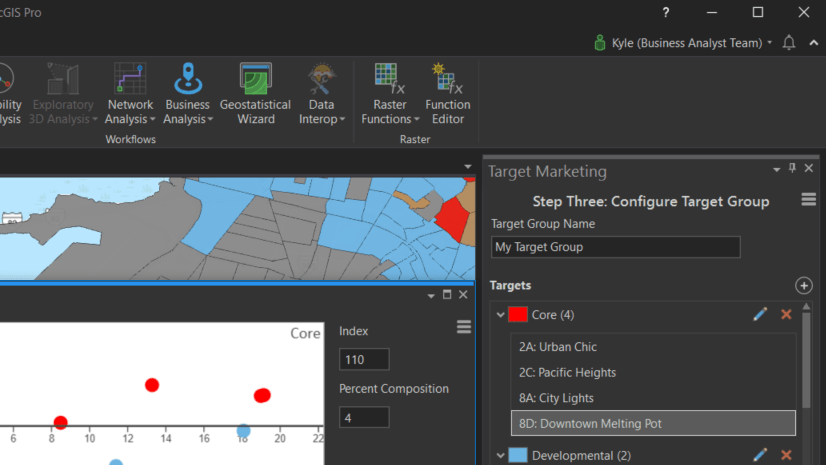

Article Discussion: